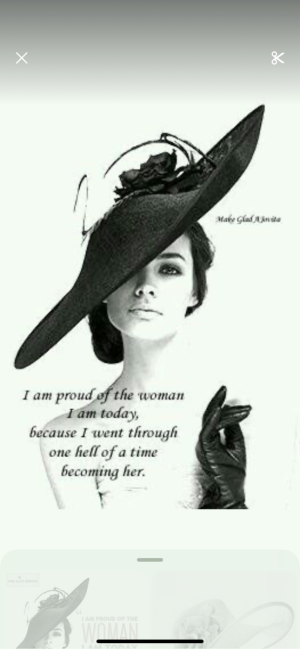Question 1: If you were standing on Point Barrow, in which country would you be?
Question 2: If an actor is standing in the limelight, where are they standing on stage?
The term "limelight" originated in the theatre, referring to a type of stage lighting that was produced by heating calcium oxide (lime). The limelight was used to brightly illuminate the front and center area of the stage, making the actor standing there the focal point.
Question 3: The Berlin Wall was built in 1961. In which year did it fall?
The Berlin Wall, which separated East and West Berlin during the Cold War, was brought down on November 9, 1989. The wall stood for 28 years and its fall marked the beginning of the end for the Soviet Union and communist rule in Eastern Europe.
Question 4: Which famous painting was created by artist Leonardo da Vinci?
Painted between 1503 and 1506, the Mona Lisa is arguably the most famous piece of art in the world and is housed in the Louvre Museum in Paris, France.
Question 5: Why does the human body have an appendix?
The exact function of the appendix in the human body remains unknown, though some studies suggest that the organ may play a role in the immune system. Historically, the appendix is often regarded as a "vestigial organ," or an organ that was necessary in some way during the course of evolution but is no longer needed for survival or function in modern humans.
Question 6: Where did the opening ceremony of the 2000 Summer Olympics take place?
The opening ceremony for the 2000 Summer Olympics took place in Sydney, Australia on September 15, 2000. Australia welcomed over 10,000 athletes from 199 countries during this international sporting event.
Question 7: What is the most common blood type in humans?
O Positive blood type is found in around 38% of the global population. This makes it the most common blood type worldwide, and O Positive donors are considered "universal donors" for red blood cells.
Question 8: Why did George Orwell write the novel "1984"?
George Orwell's "1984" is known as a dystopian novel. It was written as a critique and warning against totalitarian regimes, not as an actual prediction of the future. The novel's themes revolve around issues such as censorship, surveillance, and oppressive political control.
Question 9: In what year was the bikini swimsuit first introduced?
French engineer Louis Réard introduced the modern bikini on July 5, 1946 at a Paris fashion show. He named it after the Bikini Atoll in the Pacific, where the first post-war atomic bomb test took place.
Question 10: Where do the terms 'sine', 'cosine' and 'tangent' come from?
The terms 'sine', 'cosine', and 'tangent' are fundamental to trigonometry, which is a branch of mathematics that studies relationships between side lengths and angles of triangles. These trigonometric functions are used to calculate angles and distances in fields such as physics, engineering, and navigation.







Point Barrow is the northernmost point in the United States. It's located in Alaska. Despite its remoteness, it's inhabited and serves as an important research centre for scientists studying the Arctic.